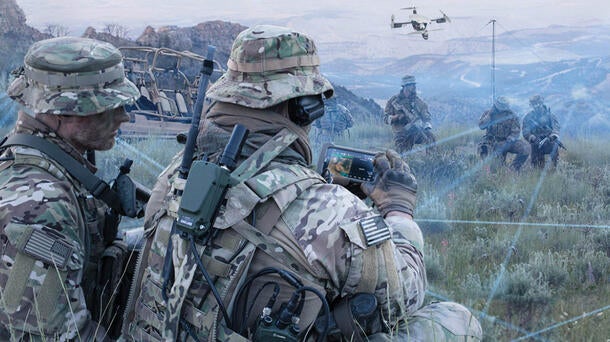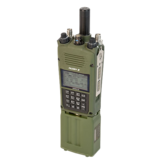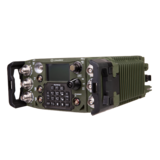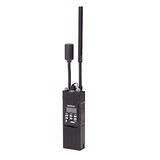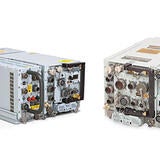By Samir “Sam” Mehta
Communication Systems President
As advancements like artificial intelligence, machine learning and unmanned systems have come to define so many of our daily interactions, the lasting impact of these next-generation technologies is likely to be most pronounced as it relates to contemporary warfare.
Mounting evidence shows that near peer adversaries are also investing in next-generation capabilities, harnessing the power of emerging technologies like low-cost, commercially available unmanned aircraft systems, hypersonics, satellite jamming systems, quantum computing and more. We need not look any further than this past February, when Ukraine confirmed that Russians had infiltrated critical but consumer-grade satellite communications technologies – in contravention of U.S. sanctions – that had previously provided battlefield advantages for Ukraine.
The U.S. finds itself atop the precipice of a new era of warfare, where electromagnetic spectrum superiority will determine who reigns supreme. This realization inspired the Department of Defense (DOD) to introduce and work toward the Joint All-Domain Command & Control (JADC2) concept, a cross-service, collaborative strategy designed to develop, experiment and field novel technologies that enhance multi-domain communications and maintain electromagnetic spectrum superiority.
“Resilient in a degraded environment” – in other words: maintaining communications in remote and austere locations – is one of six JADC2 guiding principles. However, despite the near-universal acknowledgement throughout the U.S. government and defense industrial base of the criticality of resilient communications, industry remains without a clear definition or standard for the term. This lack of clarity poses significant risk of slowing progress toward realizing JADC2.
'Resilient in a degraded environment' – in other words: maintaining communications in remote and austere locations – is one of six JADC2 guiding principles. However, despite the near-universal acknowledgement throughout the U.S. government and defense industrial base of the criticality of resilient communications, industry remains without a clear definition or standard for the term. This lack of clarity poses significant risk of slowing progress toward realizing JADC2."
